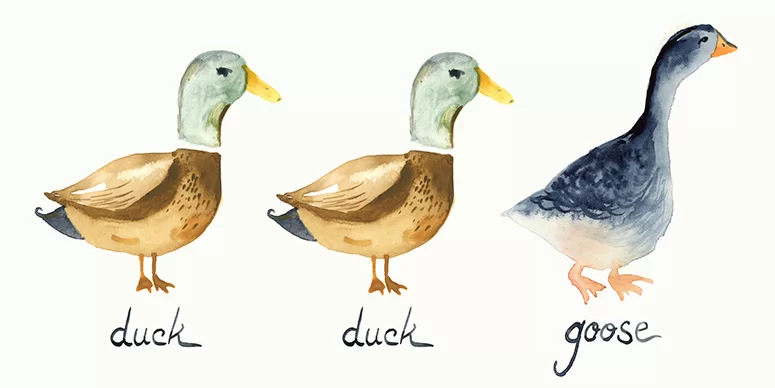Duck Duck Goose
The CE space has grown ~2.5% on average over the last 10 years, with some ups and downs. According to Statista, the only year in the past 10 with negative growth was 2020 (down 2.2% y/y) and the year with the greatest growth was 2018 (up6.0%), and even with the unusual circumstances seen this year, growth is projected to be ~4.3%, again using what we would call generic data. That said, we think the positive view that many of the publication that we read are espousing currently will change and overall expectations for this year and potentially for 2022 will change. Obviously much will depend on COVID-19, the effectiveness of vaccine administration programs, and a general global understanding of how impactful such a infection can be over an extended period, but we are just beginning to see some signs that panic buying in the component space and almost irrational inventory building is giving way to somewhat more rational behavior.
These are hard points to come by, but the fact that some in the CE space are even hinting that they are beginning to reevaluate the mindset that has pushed the CE space into the crosshairs of politicians and journalists who decry the failings of an industry that is typically considered important only during the holidays, is now among the more important metrics for understanding how the global economy will perform. This year and next.
Recent anecdotal hints and comments in what are normally standard-bearers for a positive view of the CE space, such as Samsung Display’s (pvt) ‘re-decision’ to sell its remaining large panel LCD capacity, and even comments in the normally super positive Digitimes that indicate Taiwan IC design houses are seeing a slowing of orders from monitor customers, along with a variety of other subtle indications, all start to add up to what we expect will be a non-typical year for the CE space. That said, we do not expect the bottom to fall out of the CE space, as those who have been on component allocation will begin to see some of those orders filled and consumer level stock-outs will appear on shelves (virtual or otherwise) once again, but as we have said in the past, price increases, such as we have been seeing this year, do affect consumer demand, and coupled with the lessening effects of the COVID-19 virus in a number of the more mature economies across the globe, the unusual driving forces that have pushed the CE space into it current state seem to be moderating a bit.
We assume that if we notice it, the captains of industry in consumer electronics are also noticing and raising questions about the sanguine prospects that many have been proposing for the remainder of the year. While those producing in the areas that have been stimulated by the lifestyle changes that the pandemic has caused over the last 15 months, will likely resist the notion that a gradual return to pre-pandemic demand levels is a possibility (the ‘it’s different this time’ crowd), financials will be the ultimate determinant. Any hint that orders are slowing, anecdotal or not, even if producers knew that customers have been double ordering, would indicate that perhaps the music has stopped or slowed and a fear of being the ‘goose’ could set in. It’s never obvious when a change starts, but once it gets going its hard to imagine why it wasn’t noticed when it started…JOHO

 RSS Feed
RSS Feed